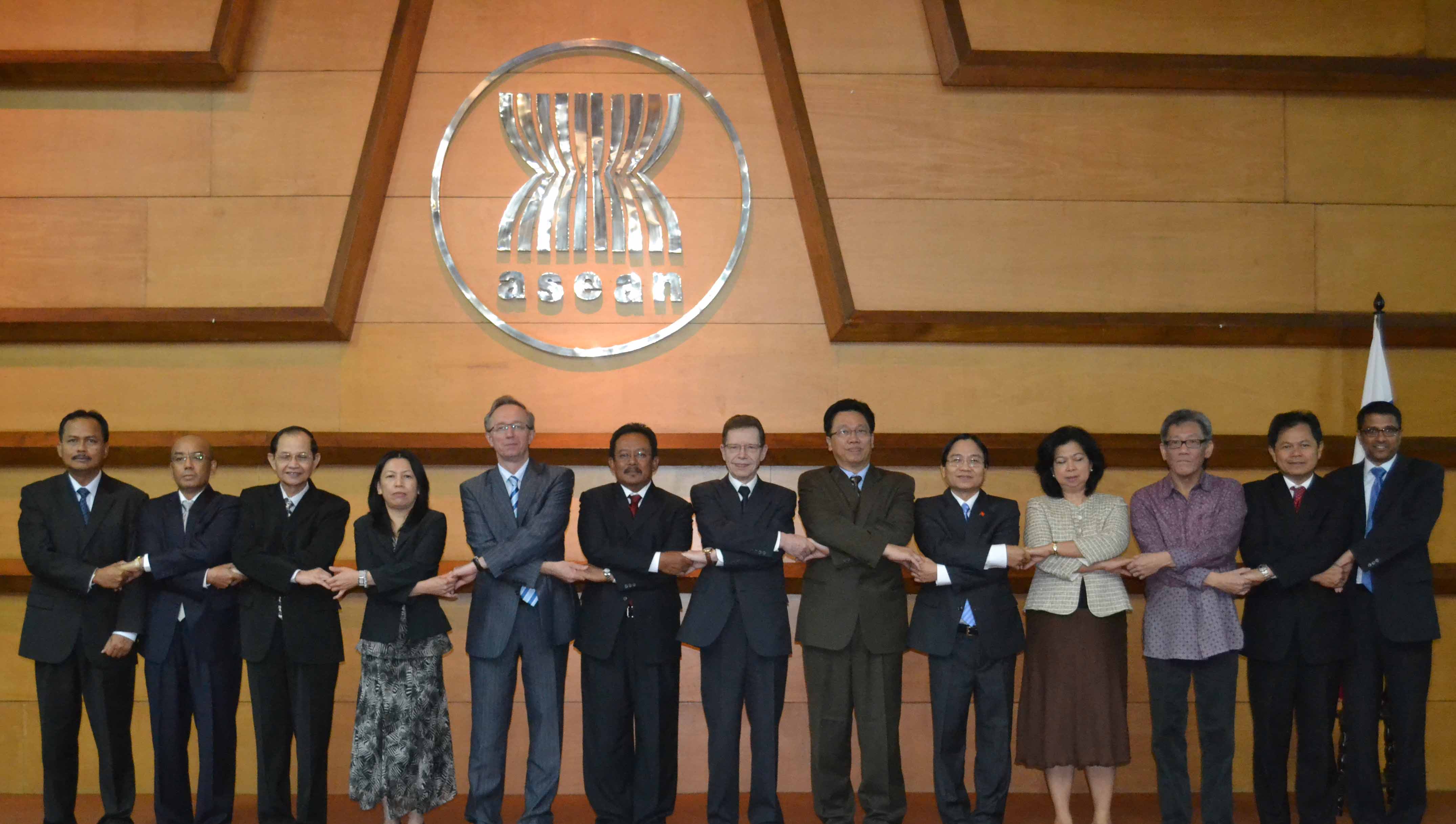Modelling International Lawmaking in ASEAN
ASEAN and its model of international law has always being questioned by many international lawyers for its informal nature of law-making processes in concluding agreements among member states. For them, this phenomenon is unusual because normally international law is being concluded in a formal manner to show its commitment in tackling global problems.
In 2012, The University of Oxford released a book entitled, “Informal International Lawmaking”. This book is written after the realization on the increasing number of Informal International Law (IN-LAW), which being made within the international community. In this book, Joost Pauwelyn identifies the characteristics of IN-LAW which consists of output informality, process informality, and actor informality.
All of these characteristics are reflecting the way of ASEAN in concluding its agreements. However, interestingly, only a limited amount of reference to ASEAN is being included in this book to understand the nature of IN-LAW.
The emergence of IN-LAW is not a new phenomenon. Since ASEAN’s inception in 1967, the characteristic of this organization is underpinned by ‘informality’. Therefore, the blame towards ASEAN’s inability to conclude legally-binding agreements should be argued further. It is common that many legal scholars arrive at mistakes in assessing international law in ASEAN because the tendency of assessing and framing ASEAN law through the ‘western-based’ conception of international law.
I argue that many of ASEAN agreements are IN-LAW based on the following evidences. First, IN-LAW is entrenched strongly in ASEAN’s vessels that by the time of ASEAN founding fathers had a meeting to conclude ASEAN’s establishment, the foundational treaty was simply a declaration. Only when ASEAN member states realized that the organization is missing of a constituent treaty, the ASEAN charter was created.
This unique characteristic of ASEAN in law-making process is driven by the ASEAN Way, especially on ASEAN’s procedural norm that endorses the principle of seeking agreement and harmony, the principle of sensitivity, politeness, non-confrontation and agreeability, the principle of quiet, private and elitist diplomacy versus public washing of dirty linen, and the principle of being non-Cartesian, non-legalistic (Soesastro, 1995). In short, all of these principles lead to the informal aspect of ASEAN.
In fact, if to be traced back any further, ASEAN’s predecessors, both Associations of Southeast Asia (ASA) and Malaysia-Philippines-Indonesia (Maliphindo), have already practiced similar norms on managing intra-regionalism affairs (Goh, 2003). Thanat Khoman, the key architect of ASA who was then Thailand’s Foreign Minister declared that ASA’s norms were deeply rooted in “Asian Culture and Traditions”. Similar view is shared towards Maliphindo, where consultation or musyawarah serves as the basis of settling differences among ASEAN members.
Second, non-legally binding instruments are the nature of ASEAN agreements. Due to the informal nature of cooperation among ASEAN member states, the output of decision-making is often to be informal as well. Even for ASEAN external agreements, 104 out of 175 are non-legally binding (Cremona et al, 2015). If more than a half of agreements concluded with external actors are non-legally binding, what is to be expected in ASEAN’s inter-state cooperation. The number of ASEAN’s legally binding agreements is far fewer than those formed in legally-binding instruments. It is clearly that non-legally binding nature of cooperation is the foundation and custom of ASEAN inter-state cooperation.
Third, actors engaged in ASEAN diplomacy are not exclusively the head of state or foreign minister. ASEAN hosts various annual meeting, ranging from state representatives to non-state actors. All this type of ASEAN meetings concludes the making of ASEAN agreements. Different than the United Nations (UN) or any other international organizations that facilitate committee of experts which focus on the technicalities of that particular chamber, ASEAN does not offer similar facilitation, yet some of ASEAN’s meeting are filled with non-state actors. The involvement of non-state actors in ASEAN diplomacy shows the characteristic of ASEAN informality.
These three aspects conclude the nature of IN-LAW in ASEAN law-making process. Therefore, in assessing international law in ASEAN, legal scholars must refrain from using the conventional approach of assessment to international law due to the nature of ASEAN cooperation. Furthermore, in developing a study related to IN-LAW, such discipline must not neglect the fact that such international law has been well developed in Southeast Asian region, thus reference to ASEAN should be made.
Dio Herdiawan Tobing is the Research Manager of ASEAN Studies Center, Universitas Gadjah Mada.



